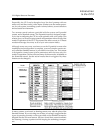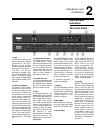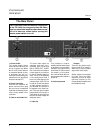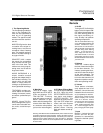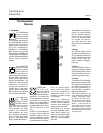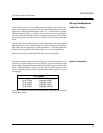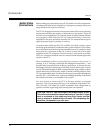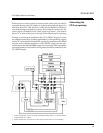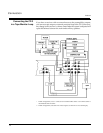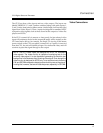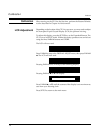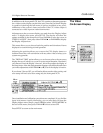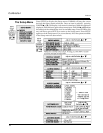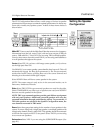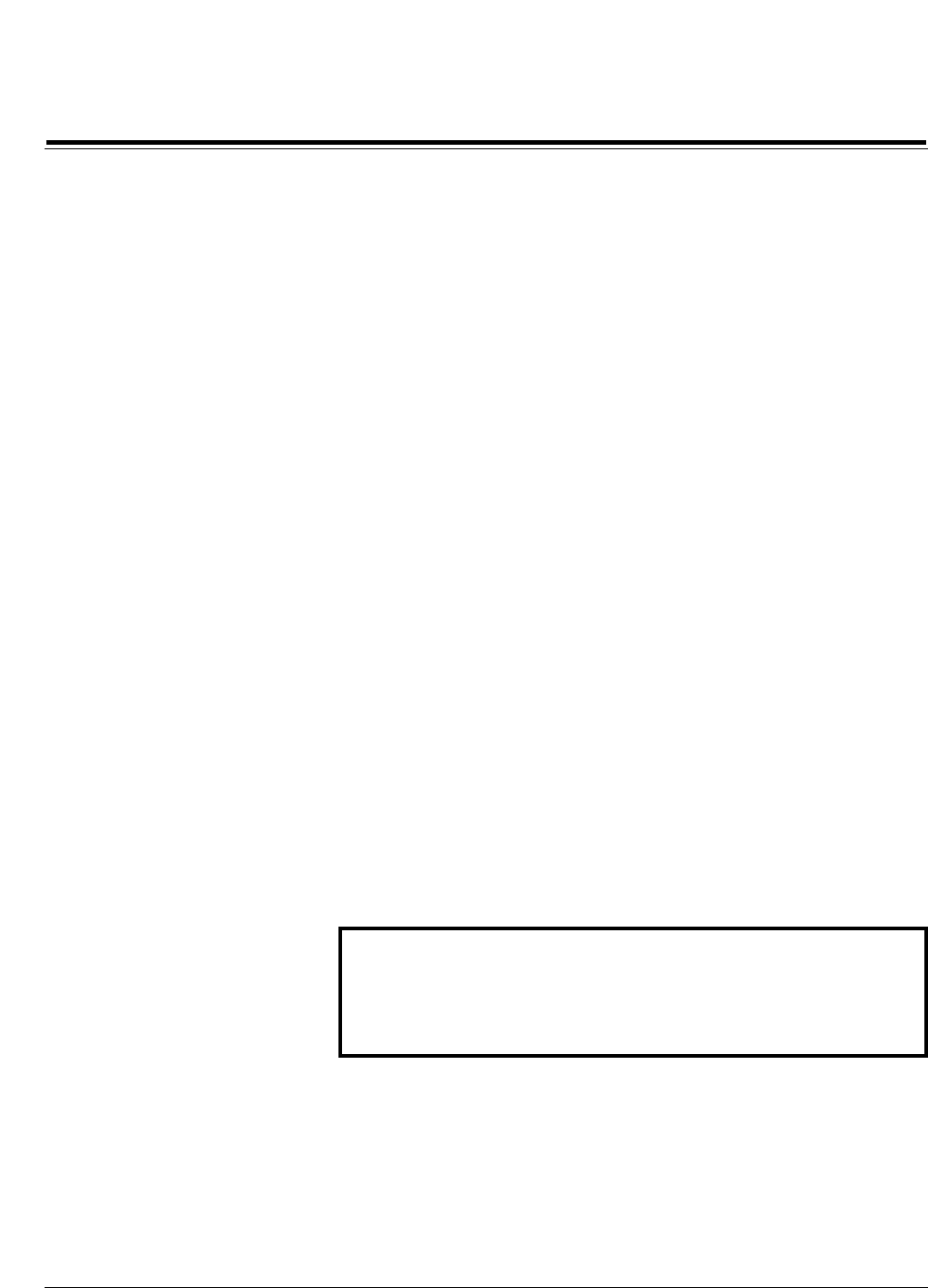
14
Lexicon
Connection
Audio/Video
Connections
Before making any connections, turn off ALL audio and video components,
including individual power amplifiers. (Unplug any preamps and power
amps that don’t have power switches.)
The CP-3 is designed to function as the control center of the system, selecting
inputs and controlling the volume of all speakers in the system. There are
several ways to integrate the CP-3 into the system, but they basically fall into
two categories: those where the CP-3 is connected directly to all of the
amplifiers in the room, and those where the CP-3 is connected into a tape or
signal processor loop of a preamp or receiver.
As most systems which use the CP-3 are likely to be fairly complex, one of
the design goals should be to make the entire system intuitive to use. If there
are no more than four line level (not a turntable) sources, it is easiest to hook
them directly to the inputs of the CP-3, and to connect all of the system
amplifiers to the CP-3 outputs. If a mono source is used (such as an older
VCR), a Y-connector should be used to connect to both left and right audio
inputs on the CP-3.
Many installations will have more than four sources in the system. A
preamp, or A/V switcher, can handle the additional components — and
possibly add some additional dubbing capabilities. A preamp has the
advantage of a built-in phono amp, and many include decent tone controls
as well. The disadvantages include: a redundant gain stage, another volume
control that can be set incorrectly, forfeit of remote switching and loss of the
CP-3 programmable input functions for the sources connected through the
preamp. An A/V Switcher may yield more dubbing flexibility, and should
be considered if there is no turntable in the system.
You may choose to connect the CP-3 in the tape monitor, or external
processor loop of a preamp, allowing you to completey bypass the CP-3.
This, however, will make the system somewhat more complicated to
operate, and adds a gain stage (the preamp) that is not needed.
CAUTION: The CP-3 Tape Out output is not a tape monitor circuit.
The audio input selected is always fed directly to Tape Out. If a tape
deck is connected to this output and one of the inputs, and that
input is selected, a feedback loop will result. This can damage the
amplifiers, the speakers, and your ears.



